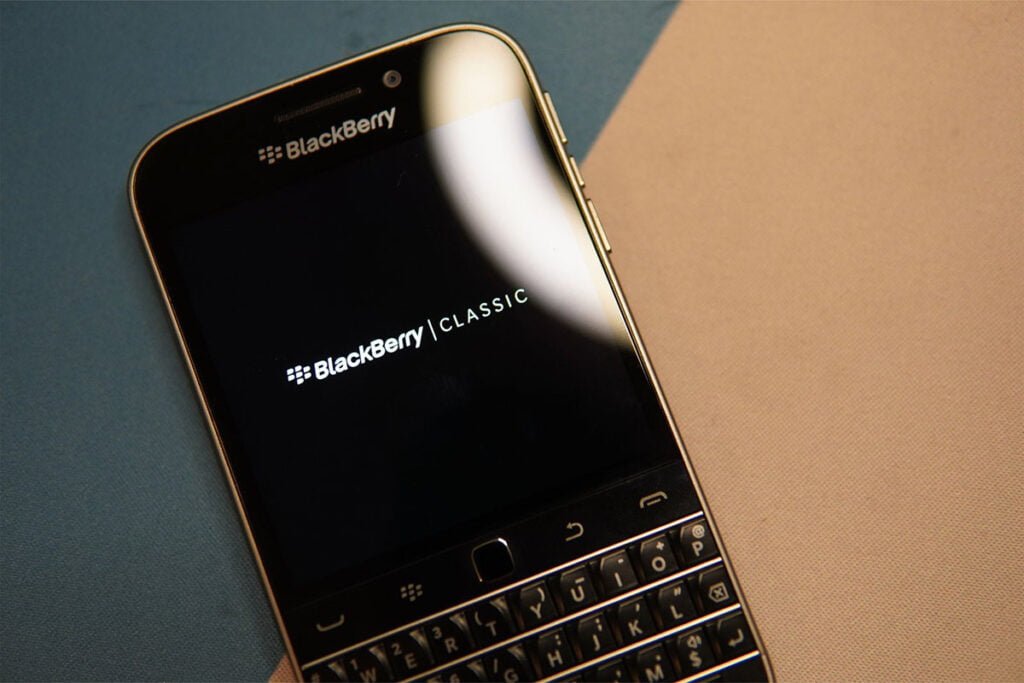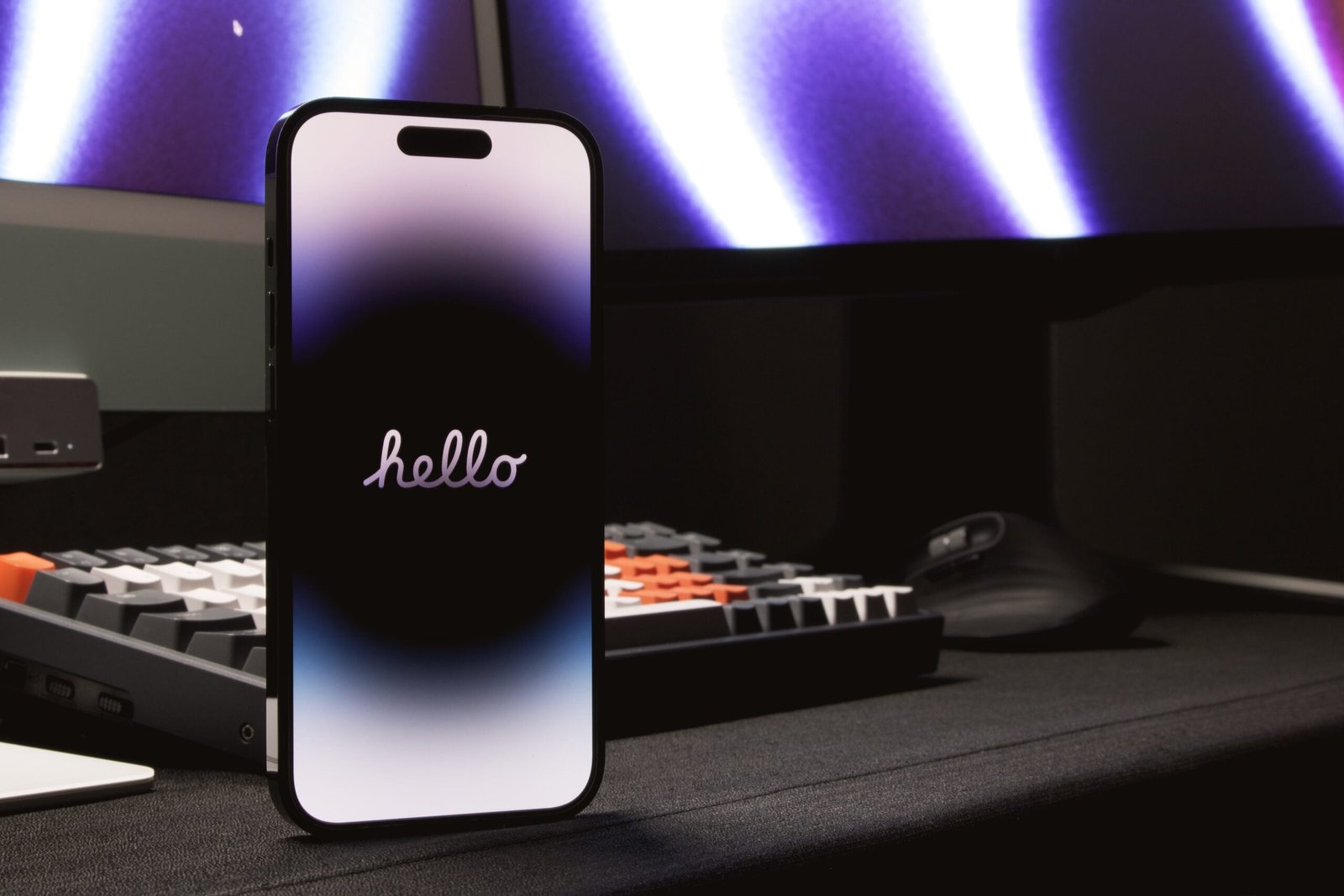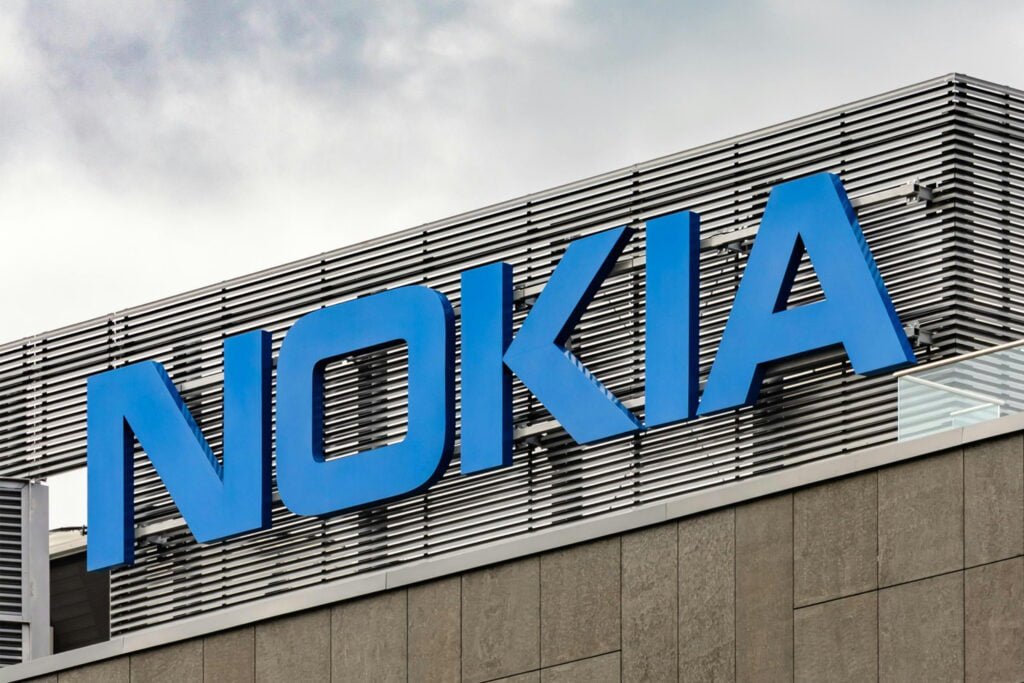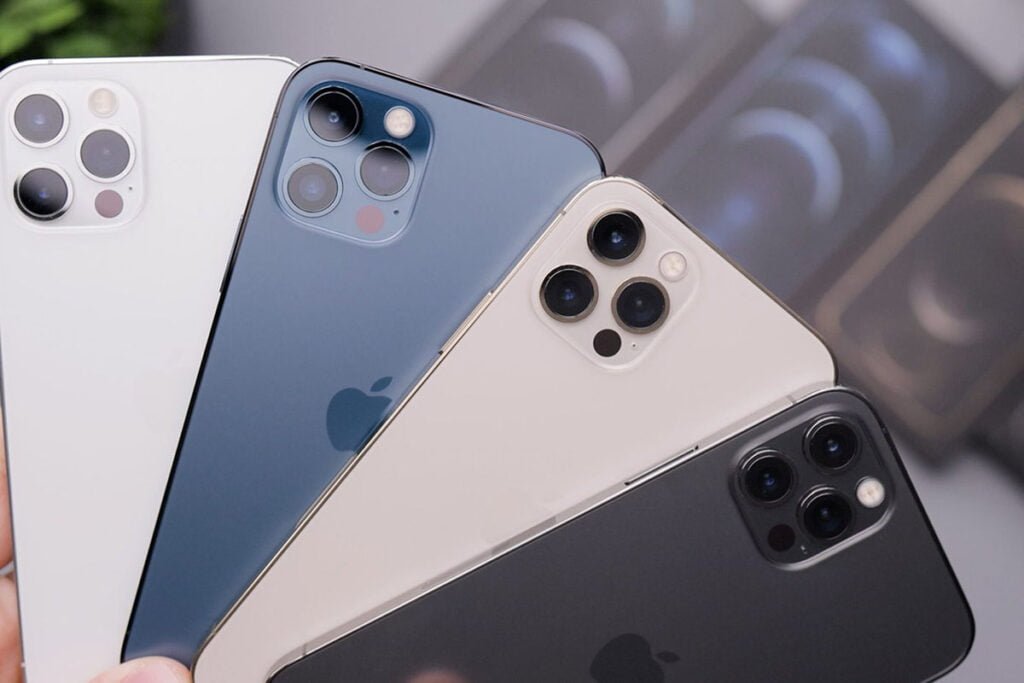Once the undisputed king of business communication, Blackberry phones were synonymous with efficiency, security,and the iconic clinking of physical keys. But like a forgotten ringtone echoing in an empty boardroom, Blackberry’s dominance in the phone world has faded into a whisper. This article delves into the fascinating story of Blackberry’s rise, fall, and tentative steps towards a reinvented future, offering insights into the ever-evolving landscape of mobile technology.
Building an Empire: The Push-Pin Revolution (1995-2007)
The Blackberry story begins in the 1990s, with a Canadian company called Research in Motion (RIM) carving its niche in the burgeoning email pager market. Their revolutionary BlackBerry 9570, released in 1999, introduced the world to the push-pin keyboard and on-device email, forever changing how professionals communicated.
Several factors fueled Blackberry’s meteoric rise:
- Focus on Enterprise & Security: Blackberry catered specifically to business users, prioritizing security and reliability over cutting-edge features. Their secure email encryption and push technology became essential tools for executives and professionals on the go.
- The Physical Keyboard Advantage: The physical keyboard offered unparalleled typing speed and accuracy,superior to the clunky T9 predictive text of early competitors. This advantage resonated with professionals who valued efficiency and error-free communication.
- BlackBerry Messenger (BBM): The free, encrypted messaging service became a defining feature, creating a dedicated Blackberry community and fostering an exclusive brand image.
By 2007, Blackberry held over 50% of the global smartphone market share, leaving rivals like Nokia and Motorola in the dust. Their sleek, black devices and the distinctive “ping” of incoming messages became symbols of power and productivity in the corporate world.
The Fall from Grace: A Missed Swipe (2007-2013)
Despite its seemingly unassailable position, Blackberry stumbled in the late 2000s, making crucial missteps that paved the way for its decline:
- Underestimating the Touchscreen Revolution: Blackberry remained wedded to its physical keyboard, failing to recognize the burgeoning demand for touchscreen devices. The iPhone’s intuitive interface and app ecosystem eclipsed Blackberry’s email-centric focus.
- Closed Ecosystem & App Gap: Blackberry’s proprietary operating system, BlackBerry OS, lacked the openness and app diversity of rivals like Android and iOS. This limited appeal and hampered development, leaving users frustrated and lacking essential apps.
- Internal Resistance to Change: A rigid corporate culture stifled innovation and hampered efforts to adapt to the changing market landscape. Blackberry executives clung to their successful formula, hesitant to embrace the new paradigm.
By 2013, Blackberry’s market share had plummeted to a mere 2%, a devastating fall from grace. The company found itself scrambling for survival, facing the possibility of complete market irrelevance.
The Road to Reinvention: From Dust to Data Solutions (2013-Present)
Instead of succumbing to the inevitable, Blackberry embarked on a path of diversification and reinvention:
- Selling the Smartphone Business: In 2016, Blackberry made the difficult decision to sell its smartphone division, recognizing the need for a drastic shift in strategy. This move allowed them to refocus on core competencies and emerging technologies.
- Embracing Enterprise Software: Blackberry leveraged its expertise in security and device management to become a leader in enterprise software solutions. They developed secure messaging platforms, mobile device management tools, and cybersecurity solutions catering to businesses and governments.
- Focusing on the Internet of Things (IoT): Blackberry recognized the potential of the burgeoning IoT market and positioned itself as a provider of secure software and connectivity solutions for connected devices.
These proactive measures have paid off. Today, Blackberry is a thriving software company with a strong presence in the enterprise security and IoT sectors. They are a trusted provider of secure messaging and communication solutions for governments and businesses worldwide, and their QNX operating system powers millions of embedded devices in cars,medical equipment, and industrial machinery.
The Blackberry of Today: A Secure Software Champion (2023)
While Blackberry may no longer dominate the phone market, their story offers valuable lessons in resilience,adaptability, and reinvention. They serve as a testament to the ever-changing nature of the tech world, where even the biggest players can falter if they fail to adapt.
However, the Blackberry phone isn’t entirely gone. OnwardMobility, a US-based company, acquired the rights to the Blackberry brand in 2023 and plans to release a new Blackberry phone in 2024. Whether this marks a true return to form or simply a nostalgic footnote remains to be seen.






